If you’ve ever wondered how to get rid of marionette lines, this post is for you! Not only do we answer some of the most commonly asked marionette lines questions, but we provide real patient photos to show you the amazing results our MFI Injectors create with filler for marionette lines—no strings attached!
What are marionette lines?
Marionette lines, a.k.a. oral commissures, are the lines, or shadows, that run from the corners of the mouth downward toward the jawline. When deep, these lines can resemble the lines seen on the chins of marionette puppets.
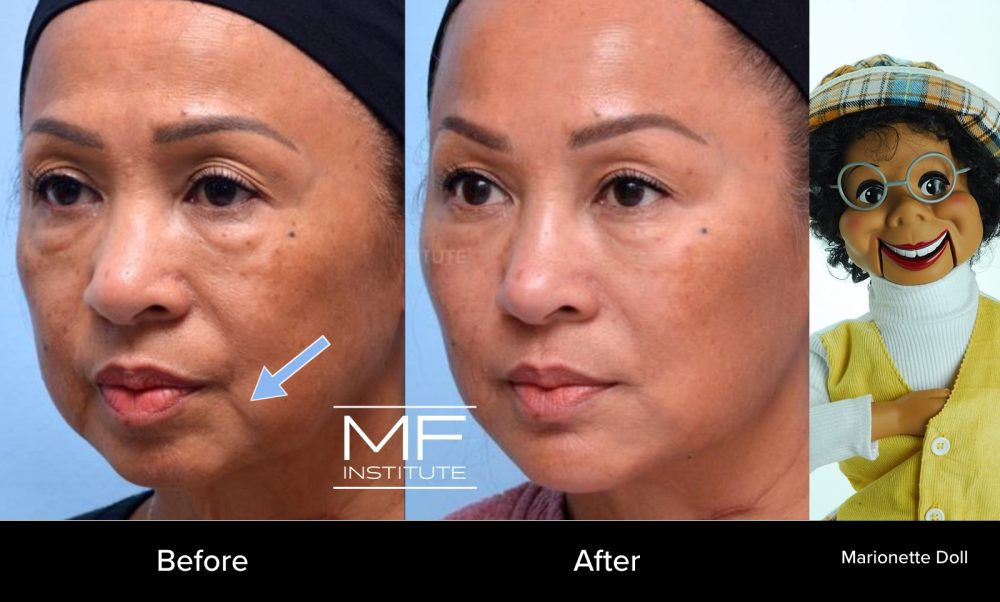
What causes marionette lines?
Marionette lines are caused by shadows that are created by a small ledge, or step-off, between the cheek skin and the skin around the lower mouth. The skin around the mouth collapses for several reasons, including:
- Fat loss under the skin around the mouth, which typically happens with aging
- Decrease in jawbone density with age; as a result, the chin becomes smaller and less projected
- Loss of skin elasticity
As the mouth skin collapses, the difference in height between the cheek and the mouth area causes the crease and the corresponding shadow we call a marionette line.
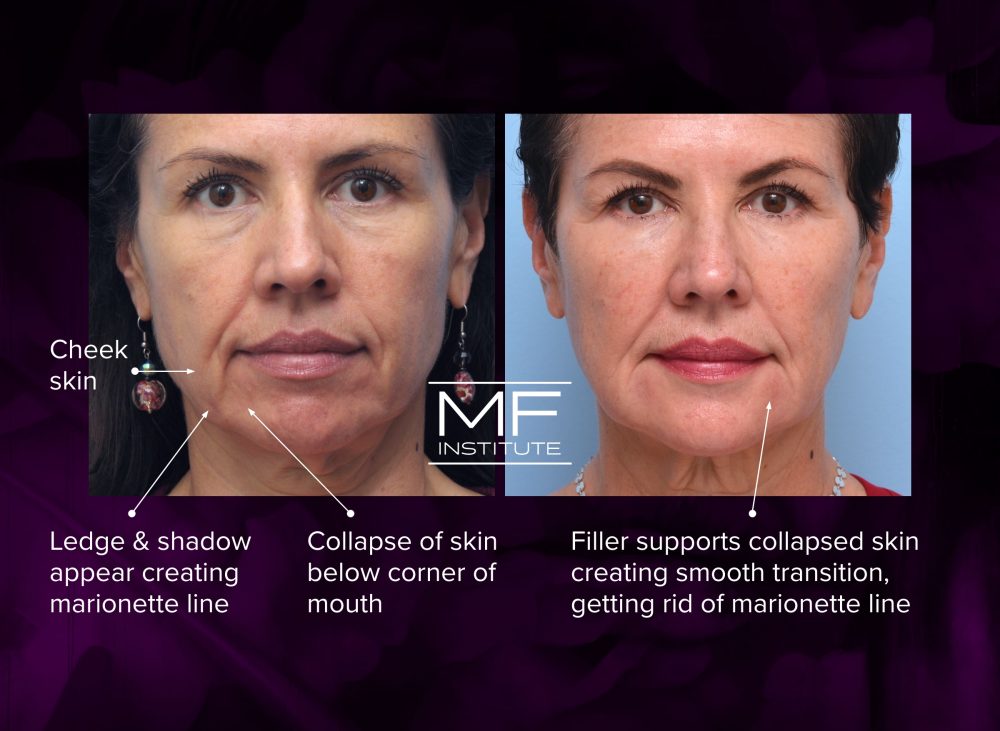
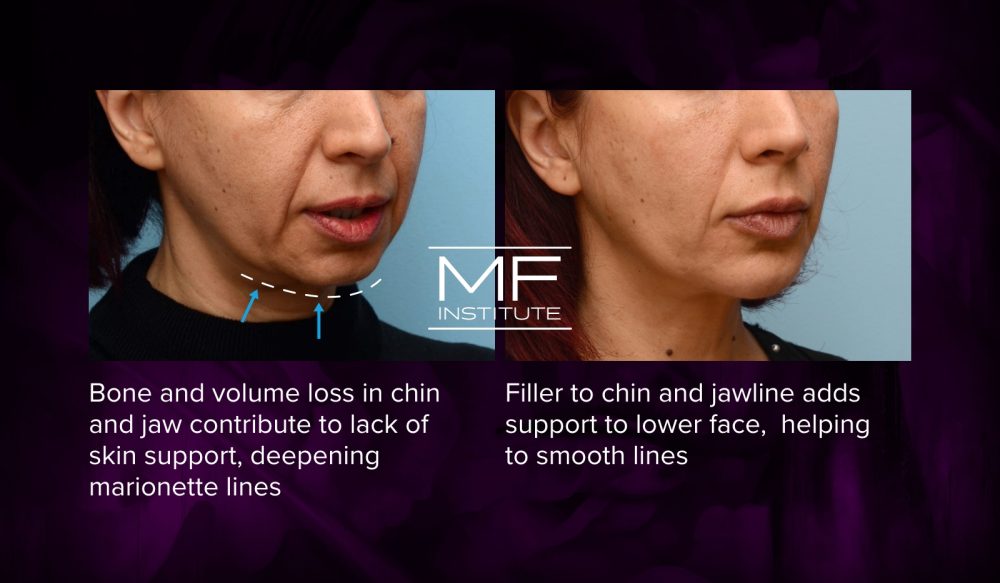
Are there any natural remedies or home treatments that can help reduce the appearance of marionette lines?
Unfortunately, no. They occur and worsen with the naturally occurring loss of bone and fat in the face that inevitably happens over time.
Can lifestyle changes such as diet or exercise help prevent or reduce marionette lines?
While a healthy lifestyle—including sun protection, a nutritious diet, and not smoking—can help slow signs of aging, fillers are the best solution for signs of aging that are already present.
How does filler work to fix marionette lines?
Filler treatment supports the sunken skin by the corner of the mouth, raising it to be level or flat with the lower cheek skin. When the skin around the mouth and at the lower cheek are on the same plane, shadows and skin folds are eliminated.

How much is filler for marionette lines?
Our treatment package for marionette lines and jowling includes 4 syringes of filler and costs $5,300.
What is the best filler for marionette lines?
We prefer using hyaluronic acid (HA) fillers to the areas around the mouth because these types of fillers are dissolvable, thus add an extra safety precaution.
Does the depth or severity of my oral commissures impact which filler is used for treatment?
The depth of the oral commissures has some influence on which filler would be used. Severe volume loss in the area would need a layer of firmer filler placed slightly deeper, while minimal volume loss may only require a flexible filler placed more superficially.
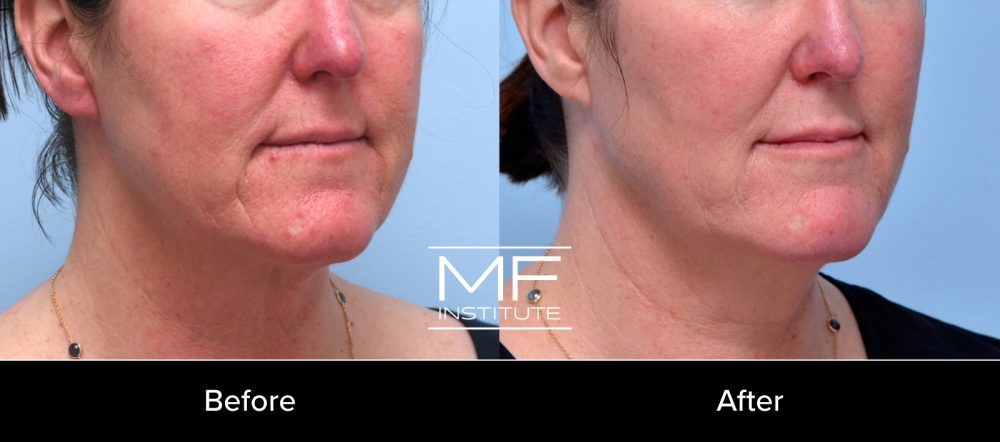
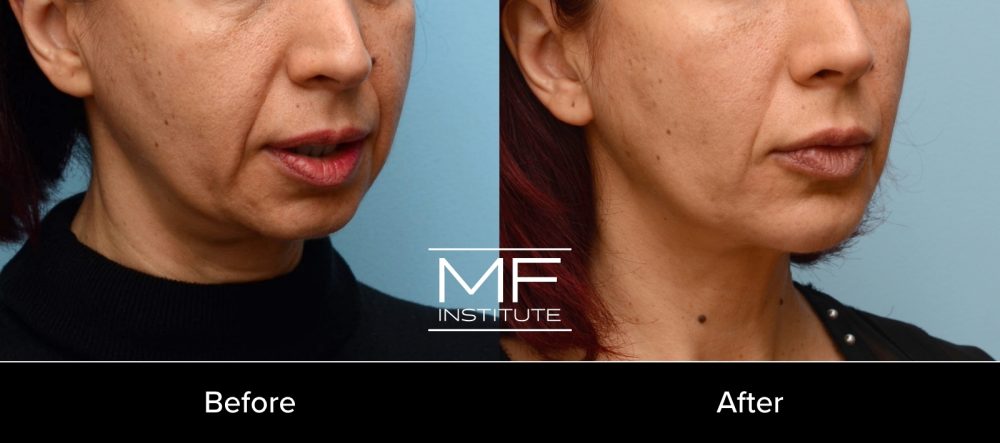
What should I do to prepare for marionette line filler treatment?
Preparation for your marionette line filler is simple. To minimize the risk of bruising, it is best to avoid blood thinners like aspirin, ibuprofen, vitamin E, and fish oil for a week prior to your appointment. Do not discontinue any prescription medications. Plan for bruising post-treatment.
Is there anything I shouldn’t do after treatment?
Aftercare for marionette line fillers is straightforward; you can resume normal activity with very few restrictions. Do not massage or apply makeup over your injection site for 12 hours, do not participate in strenuous exercise or use a sauna for 24 hours. For more information about marionette line filler recovery, visit our dedicated aftercare page.
How long does it take to see results from filler treatments for marionette lines?
Change from marionette line filler treatment can be seen immediately after treatment. It’s important to note that, for the most natural-looking results, the filler typically needs to be layered over multiple visits. Very good results usually require two treatments, 6 weeks apart. If you are planning your treatment around an event, we recommend giving yourself 2 to 3 months before the event to complete treatment.
How often do I need to get filler treatments for marionette lines to maintain the results?
We suggest treating the area approximately once a year with filler. Maintenance treatments typically require smaller amounts of filler than initial treatment, so the cost is less. For more in-depth information on how long fillers last, read our blog post on the longevity of fillers.
Are there any risks or side effects associated with marionette line treatments?
When treating the marionette lines with filler bruising and swelling are possible side effects. In rare instances, infection, delayed swelling, and vascular occlusion are also possible. It’s important to discuss risks with your Injector.
Can filler treatments for marionette lines be combined with other facial rejuvenation procedures?
Marionette line fillers can be combined with BOTOX treatment to the marionette lines to further enhance results. They can also be combined with nasolabial fold filler, cheek and chin fillers, or a custom combination for complete facial rejuvenation.
Can BOTOX help marionette lines?
Yes, BOTOX can be used in conjunction with filler to help treat marionette lines. BOTOX can also be used alone to soften marionette lines if the lines are minor and from muscle contractions rather than volume loss.
Where do you inject BOTOX for marionette lines?
We inject BOTOX into the DAO (depressor anguli oris) muscle on each side of the mouth. This muscle attaches to the corner of the mouth and pulls downward. Relaxing this muscle stops one from frowning and deepening marionette lines.
It takes education, training, experience, and skill to know where to inject BOTOX for marionette lines. If you’re not careful, BOTOX can spread to surrounding muscles, and although this isn’t a safety concern, it could produce unwanted results. Thanks to the amazing Injectors at MFI, our patients don’t need to worry about this side effect.
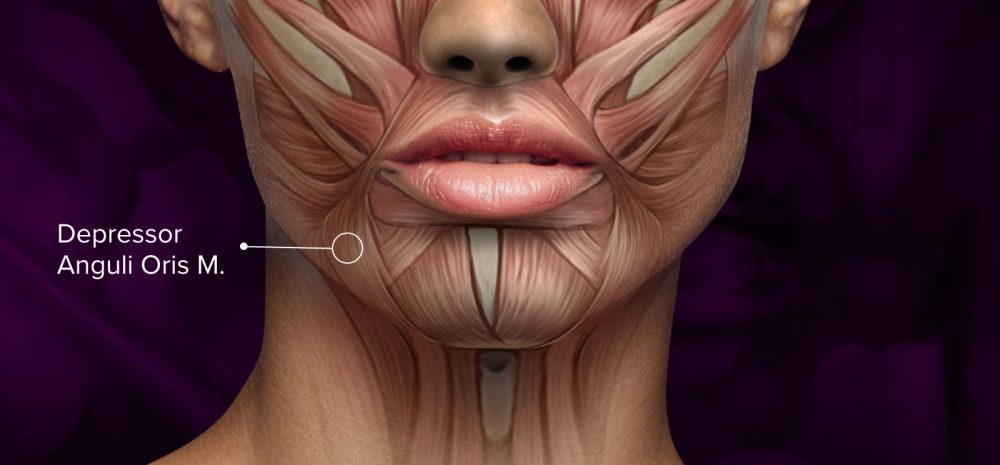
How many units of BOTOX are used for marionette lines?
On average, At MFI we use 4-6 units total to treat marionette lines.
How much does BOTOX for marionette lines cost?
At MFI, BOTOX for marionette lines is $18 per unit with a Physician Assistant, and $21 per unit with Dr. Mabrie, with a 20-unit minimum.
How do I choose the right provider for marionette line treatment?
It’s important to find an injector that treats not only the marionette line directly, but the surrounding area as well. The most transformative and natural-looking results are achieved when treating the marionette lines, the areas beside the mouth, the jawline, and the chin.
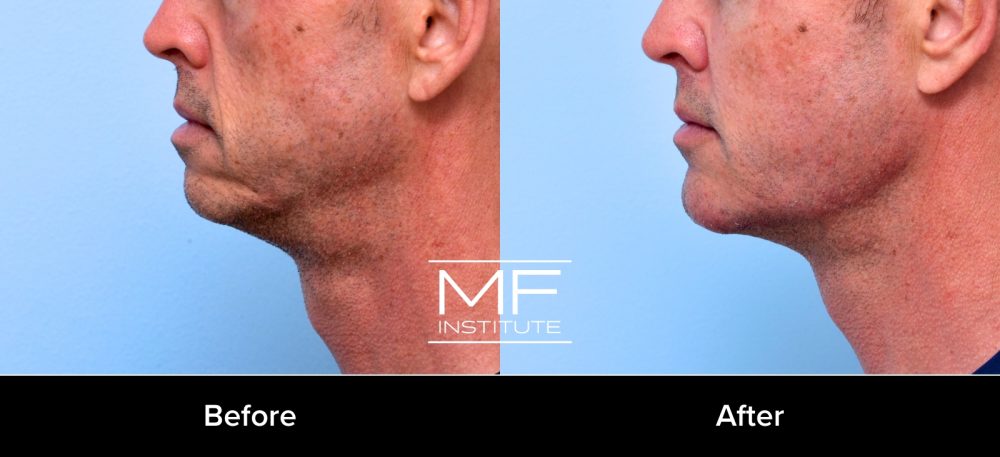
At MFI, we have mastered the art of erasing marionette lines with filler and BOTOX. The proof is in our real patient results, which you can see in our photo gallery. And if you’re ready to say goodbye to your marionette lines, request a consultation online or call us at (415) 445-9513 to schedule your appointment.

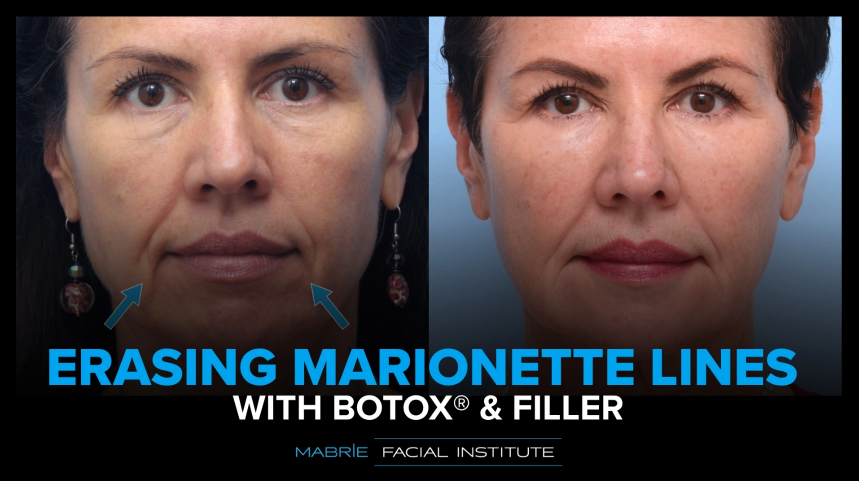
hi-i would love to utilize your services to help with my marionette lines but i am located in cleveland, ohio. Do you know of any physicians on this side of the country you can recommend? thank you
Hi Eileen! While we don’t have any physicians in that area we can refer you to, we would love to still see you in our office! We have quite a few patients who travel to our office from Ohio. I have linked our Travel for Treatment page here that makes traveling here easier! Hope this was helpful, and hope to see you here soon.
Any one to recommend in the Sacramento area?
Hi Amy – We don’t have any referrals in the Sacramento area; however, we have many patients that travel to see us from Sacramento and beyond! We’d be happy to find an appointment time for you that is mindful of the commute. Our expertise and your results are worth it! Here’s a link to our travel page with transportation options and recommendations if you want to make a day of it: https://www.yourfaceinourhands.com/lets-connect/local-transportation/ I hope that helps. Thank you for checking-out our blog and we hope to welcome you soon.